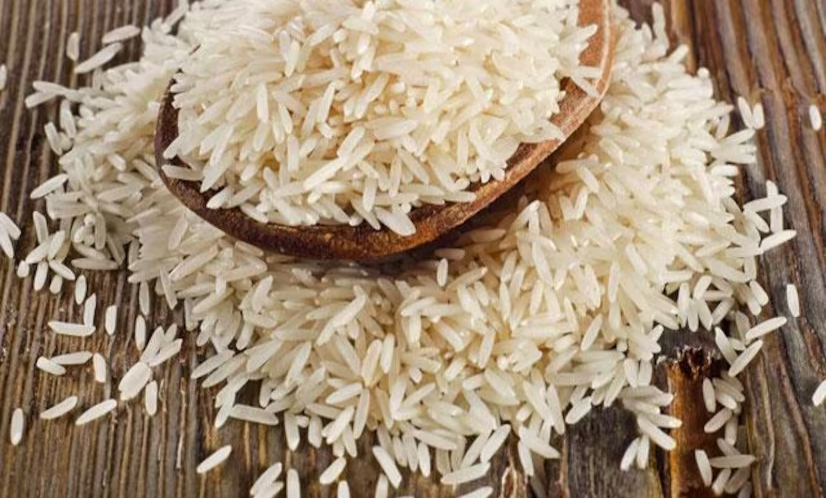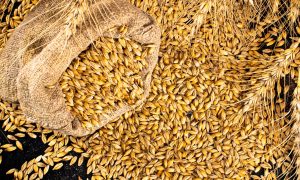Weeds, low yield make farmers avoid direct-seeded rice technique

Farmers in Yamunanagar district are slow to adopt the direct-seed rice (DSR) technique, with only 810 acres sown out of the 15,000-acre target. Challenges like weed infestation and lower yields persist. Yet, some farmers, like Jatin from Kalesara village, are expanding their DSR acreage, citing its water efficiency. The Agriculture Department is incentivizing DSR adoption with Rs 4,000 per acre. Awareness campaigns aim to encourage more farmers to shift from traditional practices.
Farmers of Yamunanagar district are not taking much interest in moving away from the traditional practice of puddled transplanting (traditional) to direct-seed rice (DSR) technique.
This year, the farmers have so far sown paddy only on 810 acres, against the target of 15,000 acres fixed for the district under the DSR technique.
As per agricultural scientists, May 25 to June 15 is considered the best time for sowing of paddy through this technique.
According to information, last year, the state government had fixed a target of 13,000 acres, but the farmers had sown only 2,966 acres, showing no special interest in sowing paddy under the DSR system.
Many reasons are being cited behind the farmers not shifting from the traditional practice of puddled transplanting to the DSR technique.
“The farmers have to face a number of problems in the DSR system. These include high weed infestation, diseases, easy lodging of rice in the middle and late stages of growth as compared to the transplanted rice,” said a farmer who has sown rice using the DSR technique.
He said the problem of high weed infestation led to decrease in paddy yield.
The farmers said about 24 quintals of paddy was produced per acre using the DSR technique, however under the traditional practice of puddled transplanting, about 28 quintal of paddy per acre was produced.
Another farmer, Jatin, alias Monti, of Kalesara village said that despite facing several problems, he was enjoying cultivating paddy crops under the DSR technique.
“First time, I sowed paddy in two acres using the DSR technique in 2022. Next year, I sowed six acres and this year, I have sown 12 acres using this technique,” said Jatin.
He further said, “Infestation of weeds is a major problem in DSR, but the problem can be solved by adopting weed management methods, about which officers of the Agriculture Department guide the farmers from time to time.”
The DSR technique is a less water consuming technique, under this technique, the paddy seeds are drilled into the fields with the help of a machine without raising nursery and without transplanting plants from the paddy nursery.
However, the traditional practice of puddled transplanting of paddy has high water requirement which has led to deterioration of water resources in Haryana. As per the available information, the government provided Rs 4,000 per acre to the farmers as an incentive for sowing paddy under the DSR technique last year.
“Our department is making efforts to shift the farmers from puddled transplanting of paddy to the DSR technique as this technology is water, labour and energy efficient. An awareness campaign is being run among the farmers of the district in this connection,” said Dr Satish Kumar Arora, Assistant Plant Protection Officer of the Agriculture and Farmers Welfare Department, Yamunanagar.
Source Link: https://www.tribuneindia.com/news/haryana/weeds-low-yield-make-farmers-avoid-direct-seeded-rice-technique-628801














